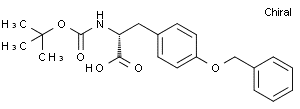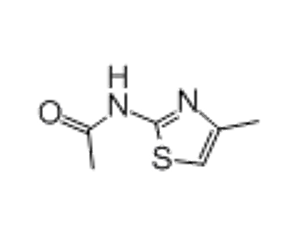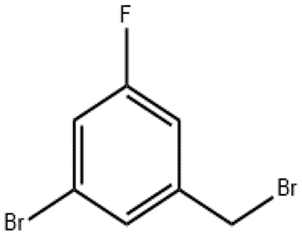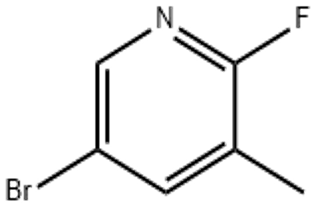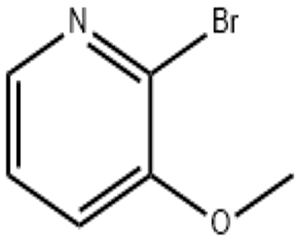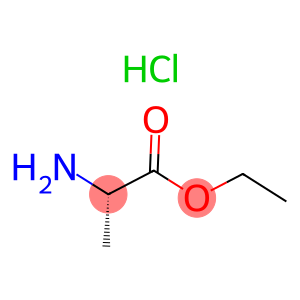2-Chloro-4-fluorobenzaldehyde(CAS# 84194-36-5)
| Hazard Symbols | Xi – Irritant |
| Risk Codes | 36/37/38 – Irritating to eyes, respiratory system and skin. |
| Safety Description | S26 – In case of contact with eyes, rinse immediately with plenty of water and seek medical advice. S37/39 – Wear suitable gloves and eye/face protection S36 – Wear suitable protective clothing. |
| WGK Germany | 3 |
| HS Code | 29130000 |
| Hazard Class | IRRITANT |
Introduction
2-Chloro-4-fluorobenzaldehyde is an organic compound. The following is an introduction to its properties, uses, manufacturing methods, and safety information:
Properties: It is a colorless to pale yellow liquid with a pungent odor. It is insoluble in water at room temperature, but soluble in organic solvents such as alcohols or ethers.
Use:
2-Chloro-4-fluorobenzaldehyde is often used as an important intermediate in organic synthesis. It can be used to synthesize biologically active compounds, including oxachlors, imidazodones, aminoketones, and aminoketones, among others. It can also be used as a raw material for pesticides and pesticides.
Method:
2-Chloro-4-fluorobenzaldehyde can be prepared by the reaction of 2-chloro-4-fluorobenzoic acid with sulfuric acid, thionyl chloride or phosphorus chloride. This reaction is often carried out in an inert atmosphere and requires appropriate temperature and reaction time.
Safety Information:
2-Chloro-4-fluorobenzaldehyde is dangerous, and it is necessary to pay attention to safety precautions when using and storing it. It can be irritating and corrosive to the eyes, skin, and respiratory system, and proper protective equipment such as gloves, goggles, and respirators should be worn when operating. Avoid contact with skin and inhalation of its vapors. During use, a well-ventilated working environment should be maintained, and kept away from open flames and high temperatures. In case of accidental contact with it, it should be immediately rinsed with plenty of water and seek medical attention.



